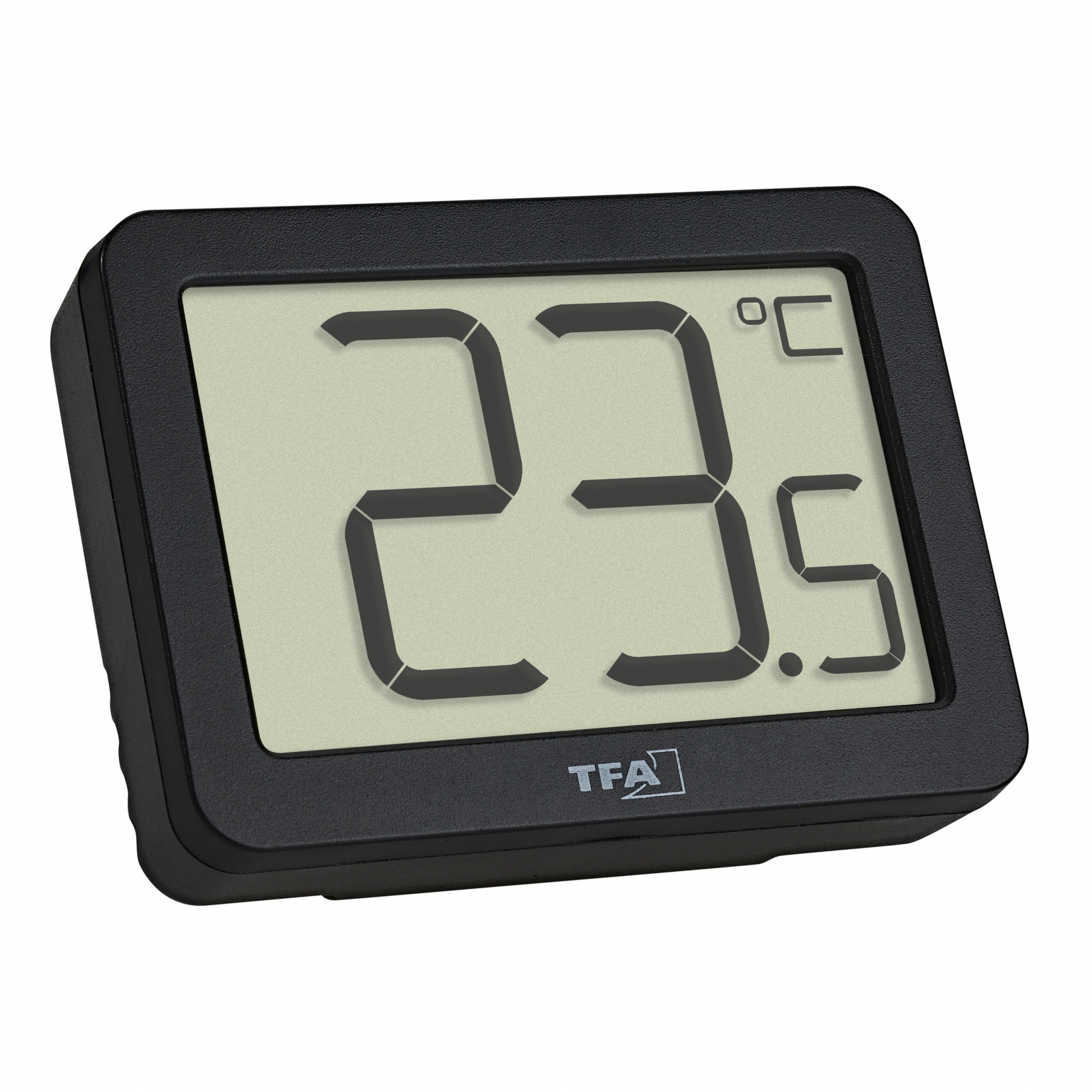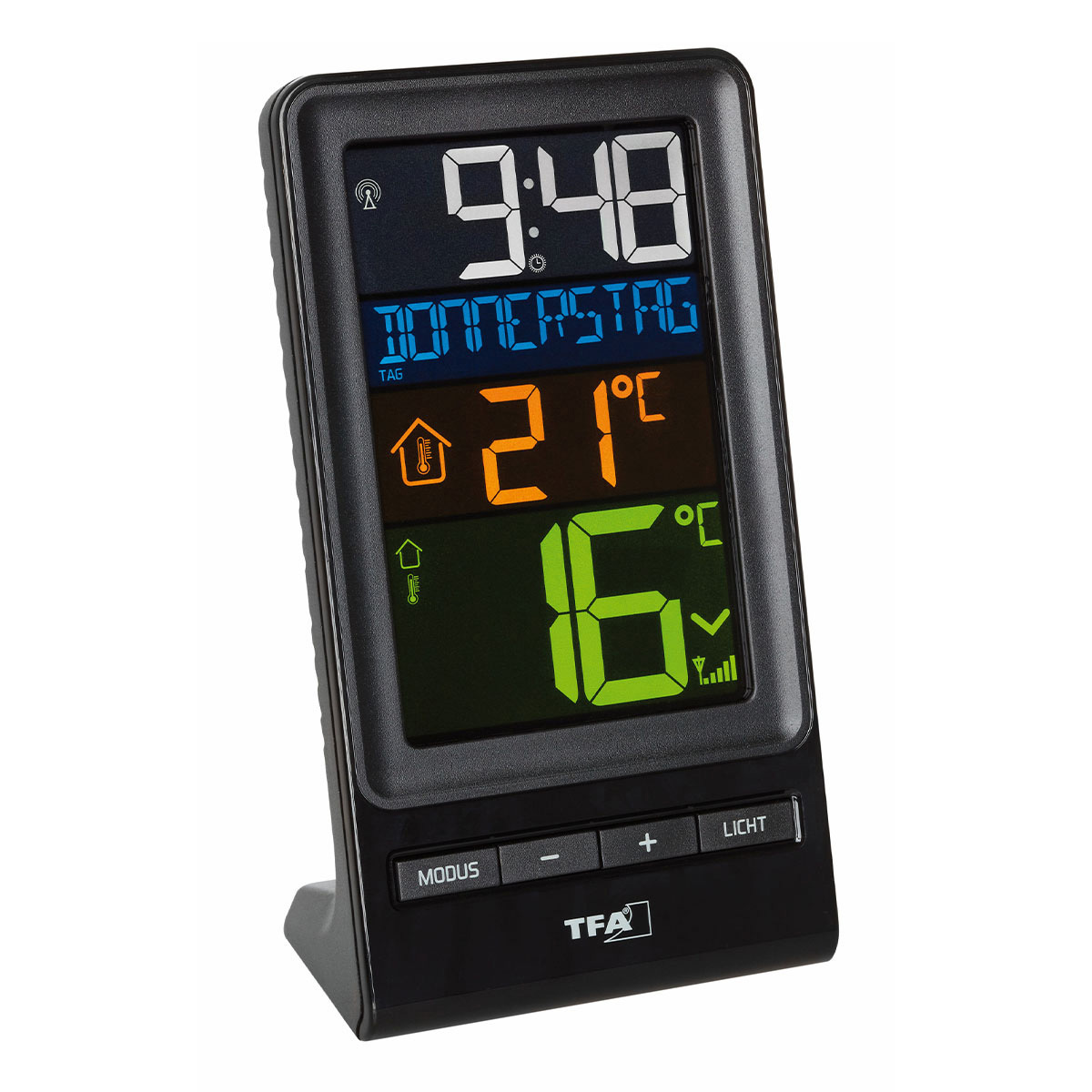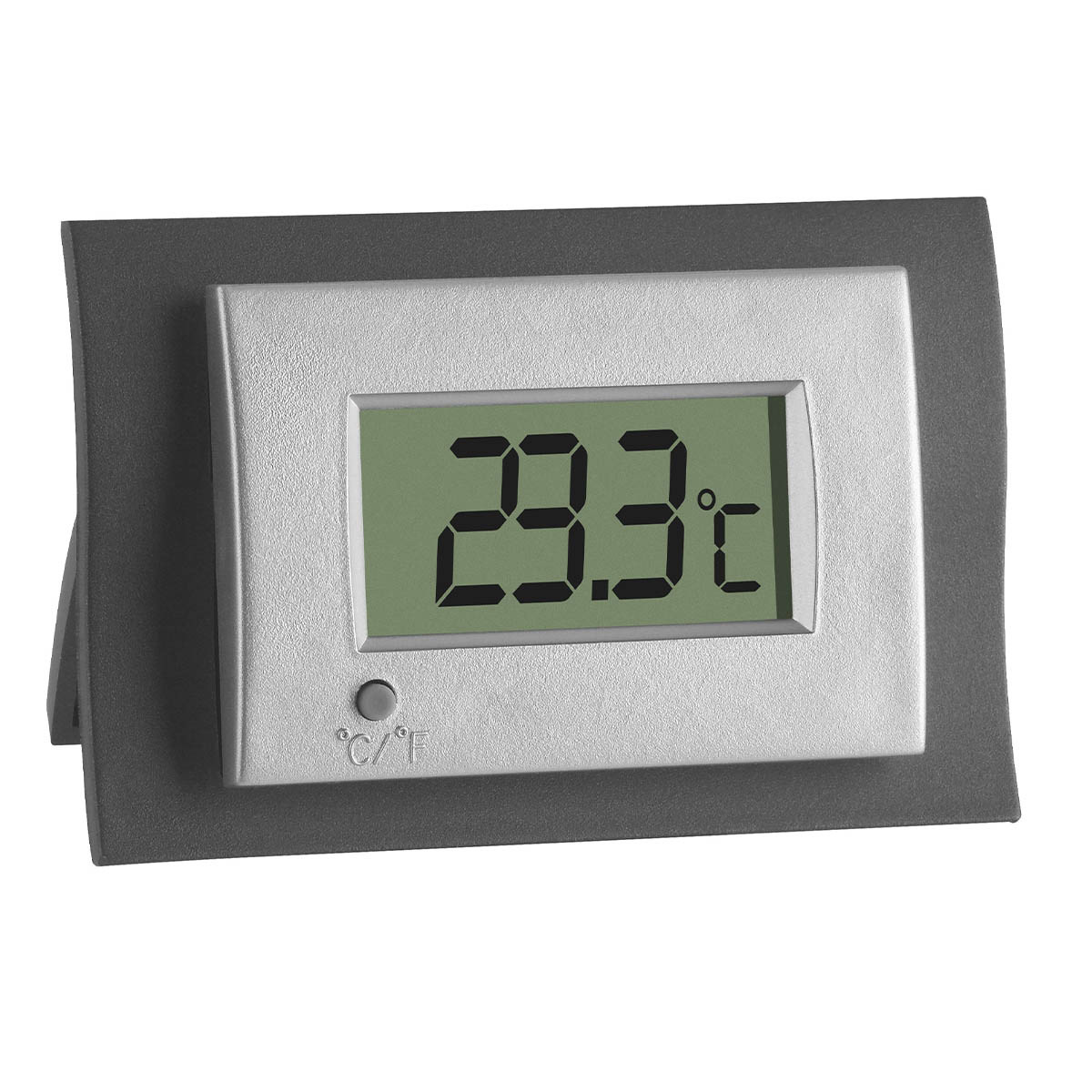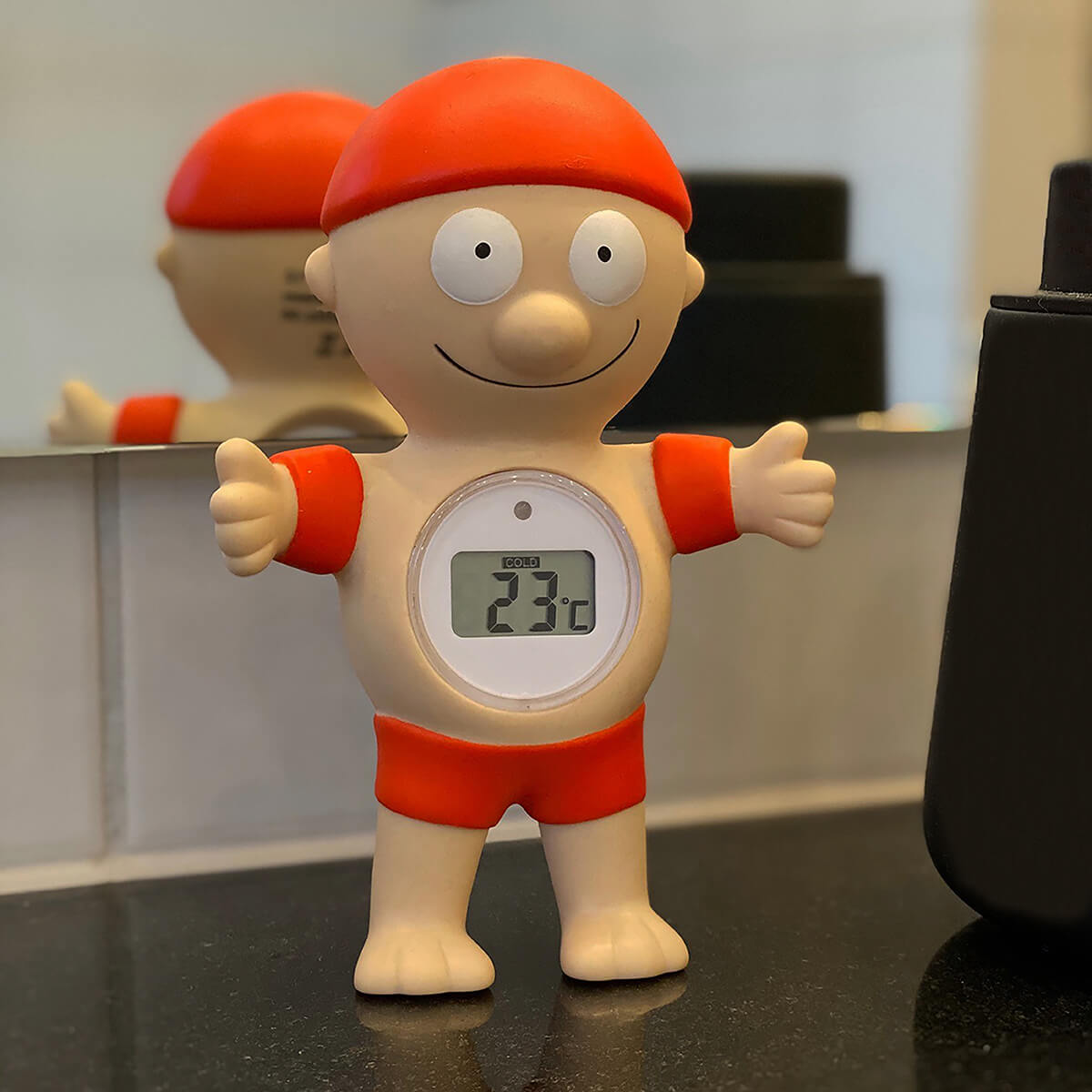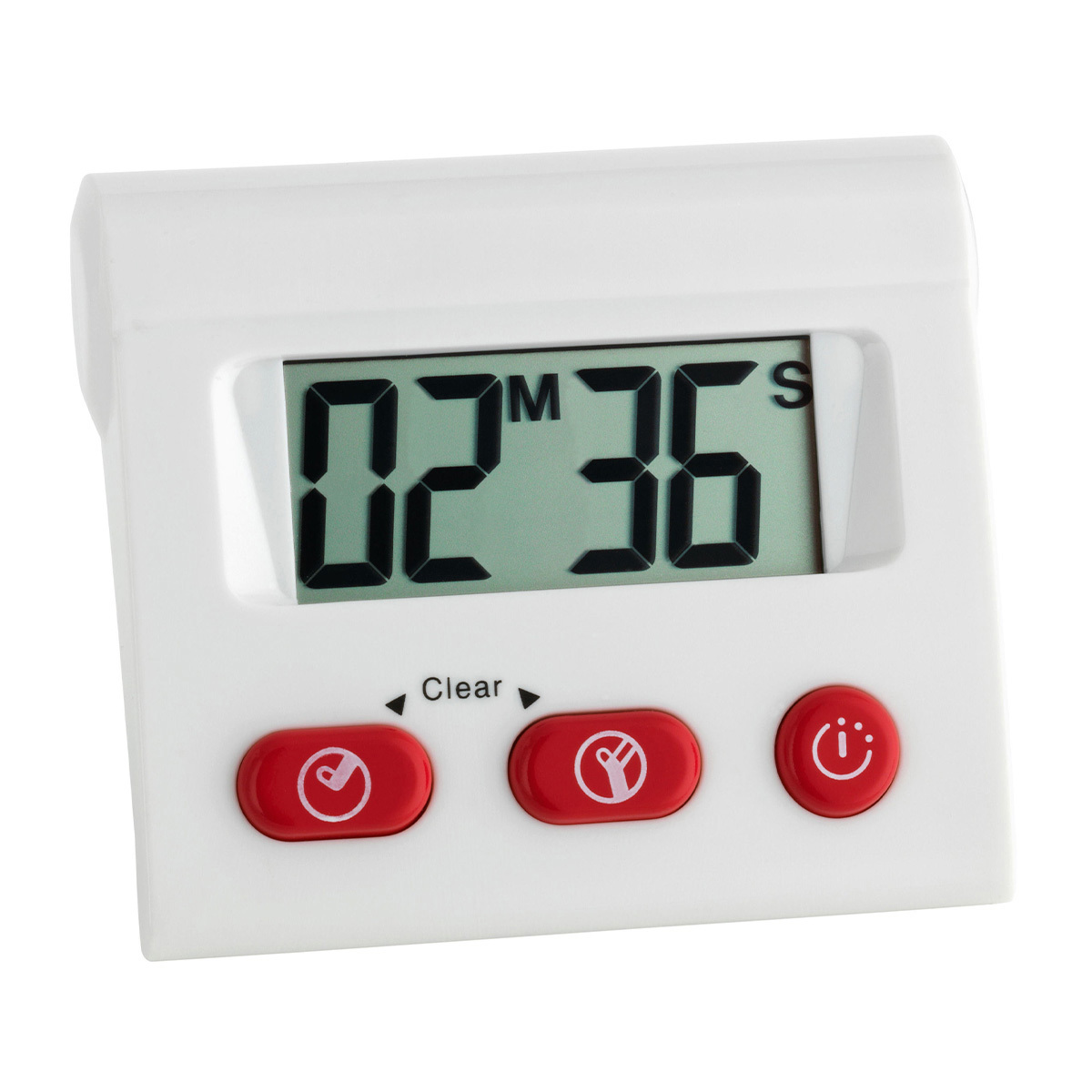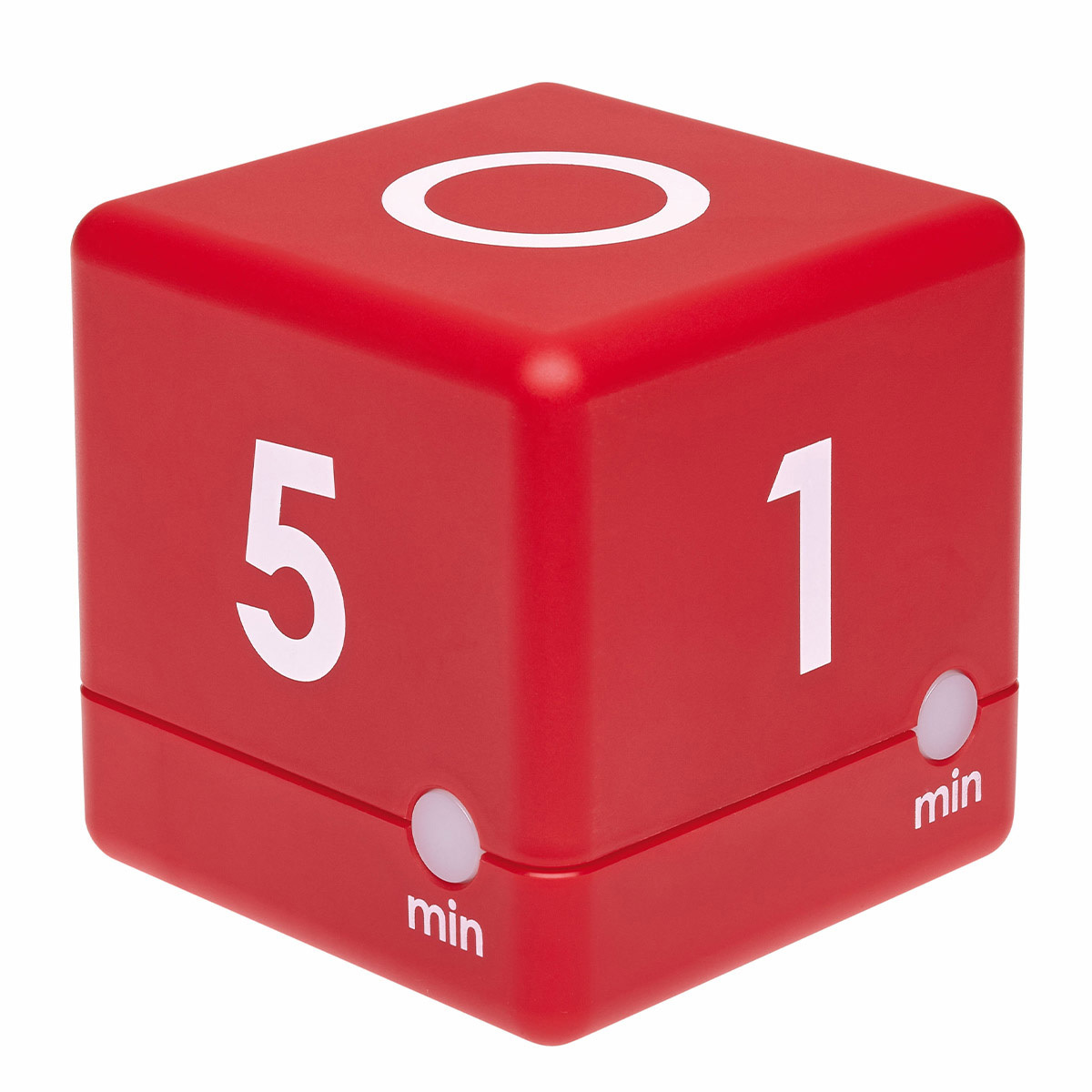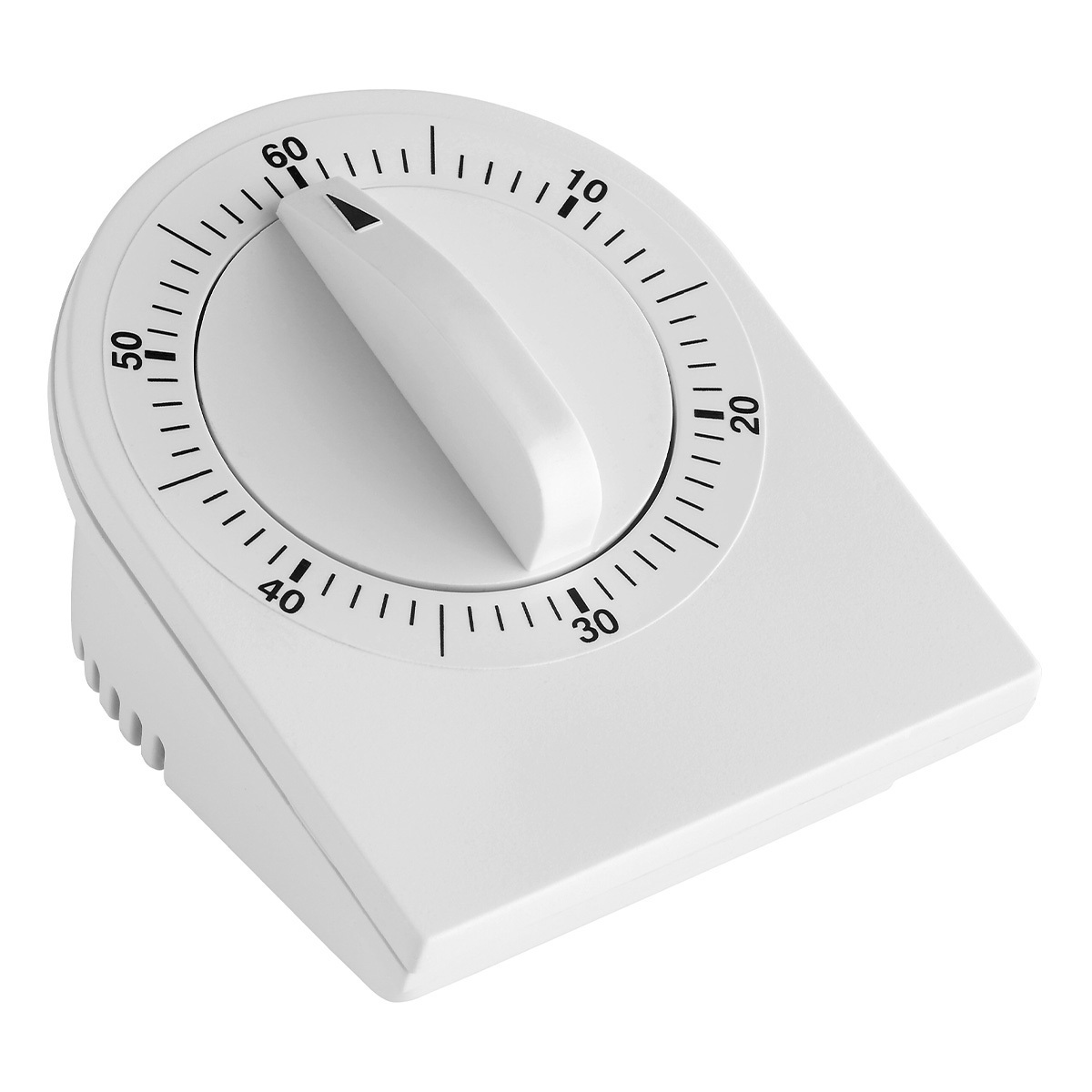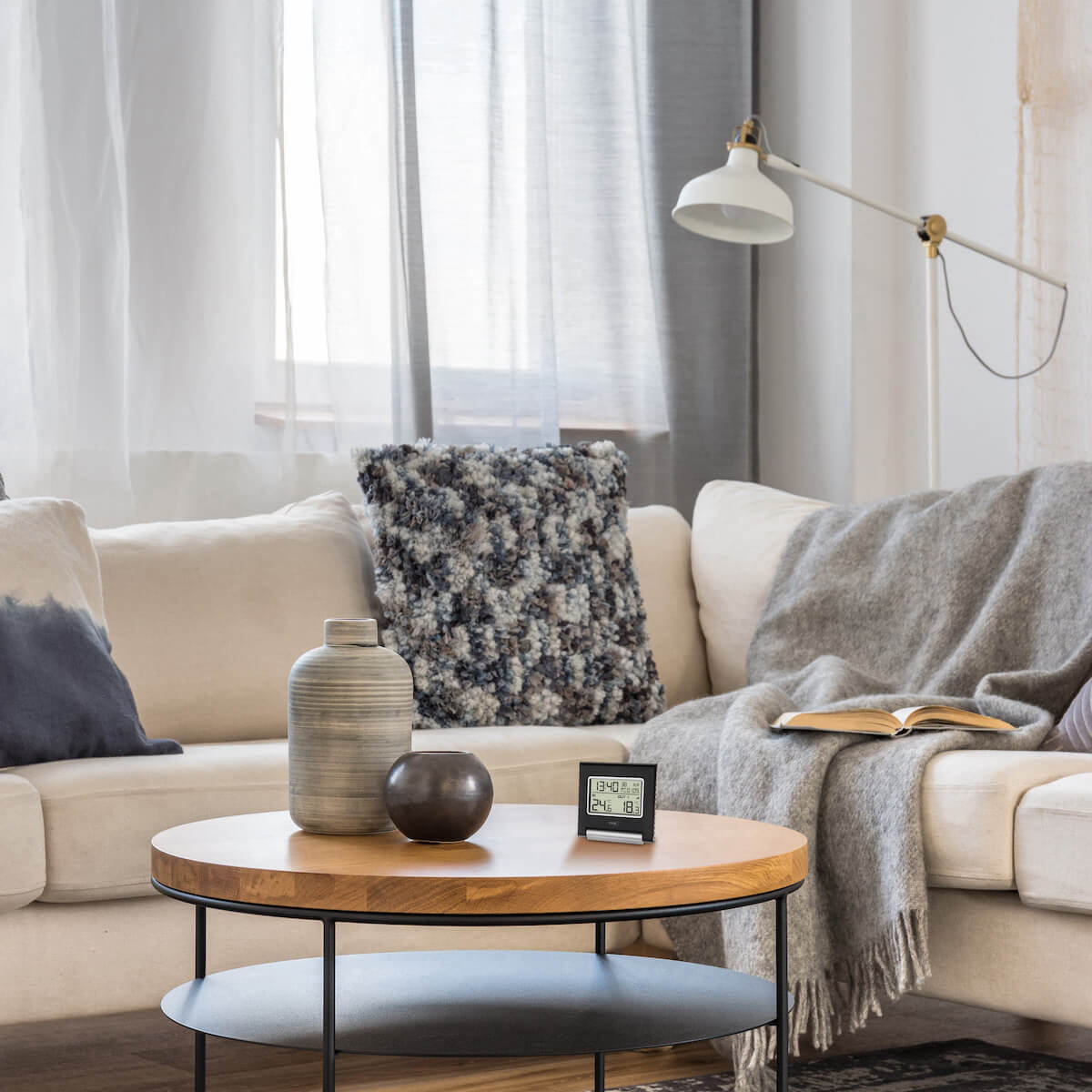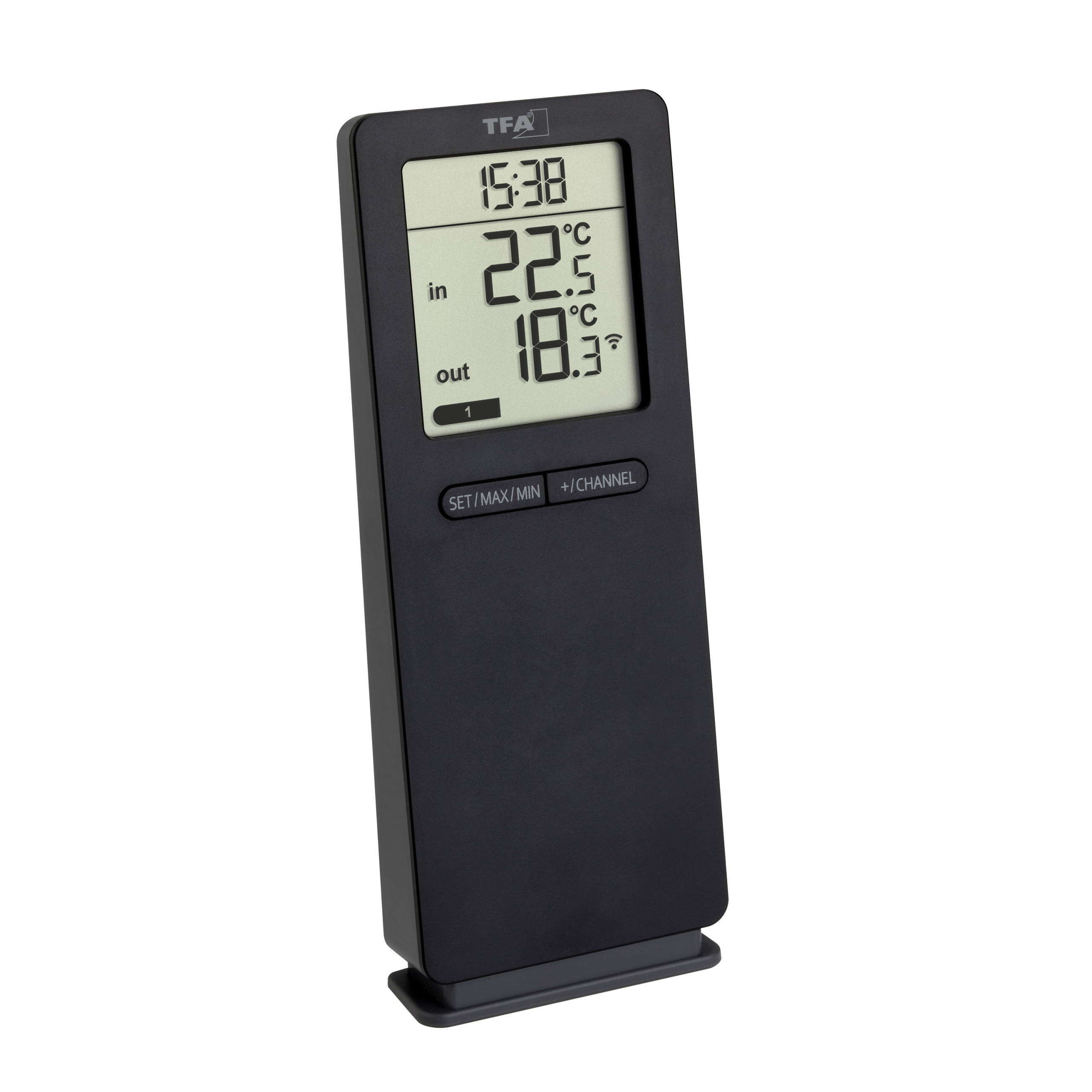
Saving energy is easy! There are many things you can do to save electricity, heat and water at home. By following our tips, you will save a lot of money and energy, and protect the environment because the most climate-friendly and cheapest electricity is the one that we don’t even use.
Energy prices are rising. Many homeowners and tenants are worried about the heating season. We have the best electricity-saving tips for your household so your electricity consumption will soon be lower too. Many energy-saving tips are easy to implement, but still have a great effect. This is good for the environment and it saves money at the same time.
Tip 1: Lower the room temperature
The bulk of the energy bill is for heating, not electricity. There is therefore a great potential for savings when it comes to heating. Even small changes can significantly reduce your bill.
People perceive temperatures very differently. The rule of thumb for room temperature is as follows: 20 degrees in the living room; 16-18 degrees in the bedroom or in less used rooms are sufficient. According to experts, one degree less heat saves around 6% of energy.
For example, heating an entrance hall, spare room or storage room to 16 degrees, instead of 20 degrees, can save up to 24% of the heating costs. So these small changes pay off and you will hardly notice the temperature difference, especially in rooms that are rarely used. Even in living spaces, a lower temperature does not inevitably lead to freezing. The body adapts to the temperature and, if necessary, warmer clothing can help.
Hence our first tip to save energy: Check the room temperature! A thermometer will show the actual temperature. To save energy, it is best to check each room individually.
Tip 2: Connect an electric heater to a thermostat
Many people use electric fan heaters for rooms that need to be warmed up quickly but for a short time, such as bathrooms or mobile homes. The advantage is that they only require electricity, can be used on the go and heat up quickly. The disadvantages are that the air cools down quickly and they use a lot of electricity.
Therefore, use a Thermo-Timer when using a fan heater or electric heater. This gives you the option of switching devices up to 3600 watts, depending on temperature or time, or a combination of temperature and time.
For example, set the desired temperature. And let the thermostat do the rest! If it is too cold, the device turns on and when the target temperature is reached, it switches itself off again. A smart solution for saving energy!
Tip 3: Adjust cooling appliances
At what temperature is food best stored in the fridge or freezer? Thermostats are often set too low, leading to unnecessarily high energy bills.
Modern fridges and freezers are equipped with a temperature display. With other models, you cannot set the temperature precisely. These have a rotary control with which the temperature can be adjusted in stages. Basically, the following applies here: the higher the level, the cooler the fridge and the higher the power consumption. However, it is advisable to check and monitor the temperature even with cooling units with a temperature display.
A digital thermometer 30.2028 for the refrigerator is recommended to set the ideal temperature. It is best to place the thermometer in the middle rack and leave it there for a few hours.
If the value is less than 7 degrees, choose the lower level, if the value is higher, choose the higher level. If the temperature in the middle of the fridge is constant at 7 degrees, the different zones are usually at the right temperature.
When the fridge temperature is right, it has many advantages: the food stays fresh and does not lose any vitamins. Usually, you can also save energy and money with the right temperature setting. If the fridge is too cold, it wastes energy, if it is too warm, a layer of ice forms and the fridge uses more energy to reach the desired temperature.
It does not have to be colder than minus 18 degrees Celsius in the freezer. To monitor the temperature, we recommend the digital fridge-freezer thermometer 30.1042, which you can use for both cooling units.
Tip 4: Monitor the water temperature when showering or bathing
On average, a person consumes about 120 litres of water a day. Daily body care requires about a third of the total consumption. In the bathroom at home, more than 10 % of the electricity bill are used to heat the water. However, water and energy consumption can be easily reduced, especially when showering or bathing.
When having a shower, check the water temperature with a shower thermometer. Overly hot water harms the skin and consumes a lot of energy. The hotter the water is, the more energy is needed to heat it.
If you are having a bath, our electricity-saving tip is: Check the water temperature with a bath thermometer.
Do you know the ideal temperature for showering or bathing? A comfortable level is between 35 and 40 degrees Celsius. If you choose 36 degrees instead of 40 degrees, you will use a fifth less energy. With this energy-saving tip, you can save a lot of energy and money.
Tip 5: Spend less time in the shower
Energy can also be saved during shower time. A person usually showers for an average of 6 minutes. Try to reduce your shower time to three or five minutes.
Our energy-saving tip: If you often stay in the shower longer than planned, set a timer to remind you to end the shower.
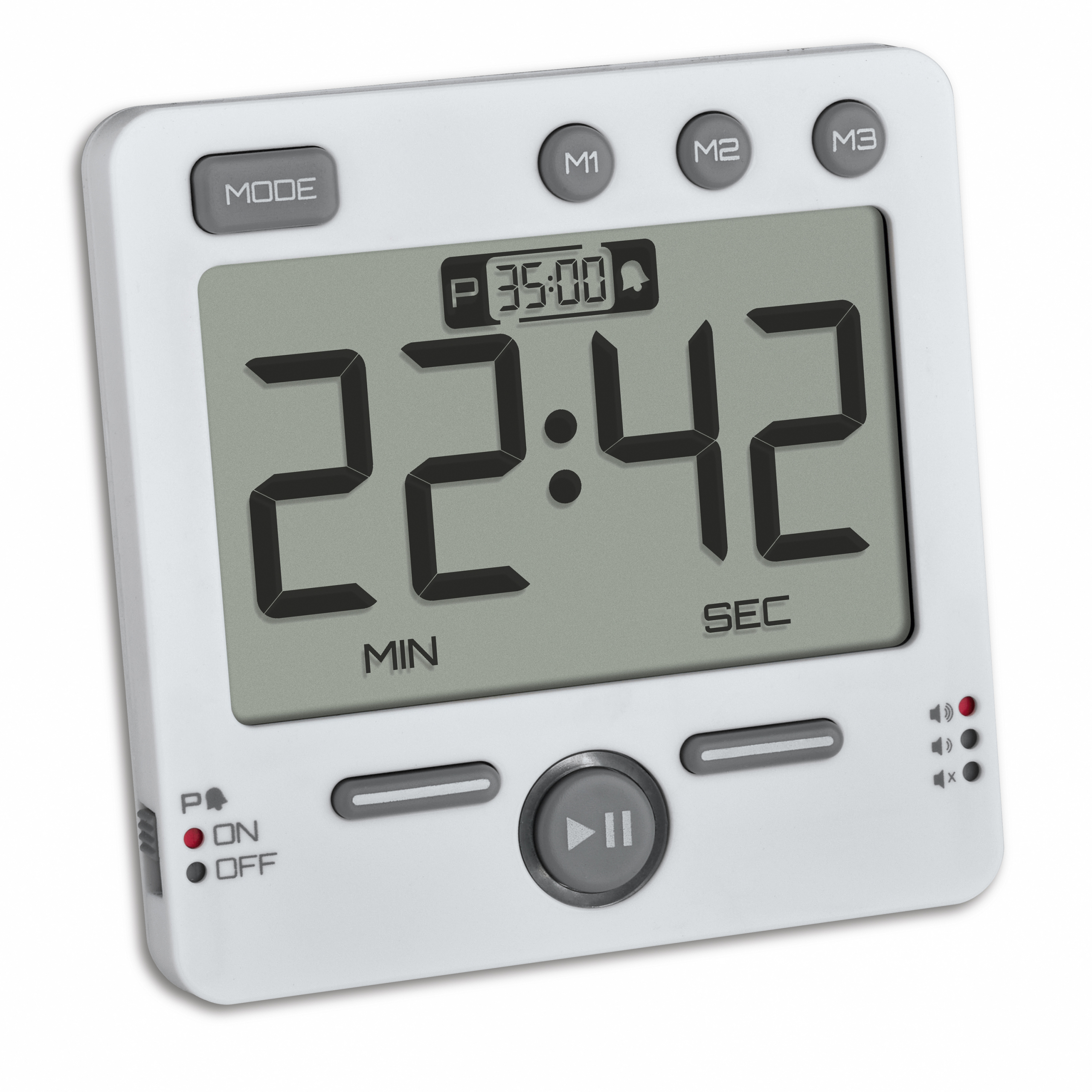
Digital timer and stopwatch 99HOURS
Item number: 38.2049
You can also save a lot of water if you stop the shower when you use shampoo and soap.
Tip 6: Choose alternative methods for the right ventilation
Simple tricks here can help you to reduce the electricity costs in your household without any structural measures.
In the winter, the room loses a lot of warmth by constant ventilation. Correct ventilation is very important. To save energy, do a brief and intensive airing out of your home for five to ten minutes several times a day by opening windows opposite each other for cross ventilation. The air is quickly “exchanged”, but the furniture and walls do not cool down.
In summer, on the other hand, cool homes are very pleasant when the temperature outside is really high. However, air conditioning consumes a lot of energy. Fortunately, there are other ways to cool your living space.
Ventilate rooms early in the morning, in the evening or at night. If the outside temperature is low, you can quickly cool your home by a few degrees.
If you also need an air exchange during the day, a fan is a good choice. This can save a lot of electricity. The fan does not cool the room, but the air circulation gives the impression of a cooler temperature.
